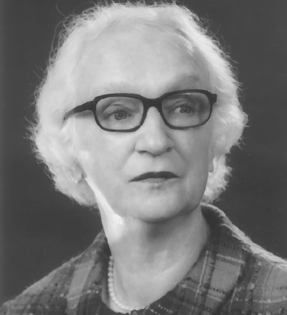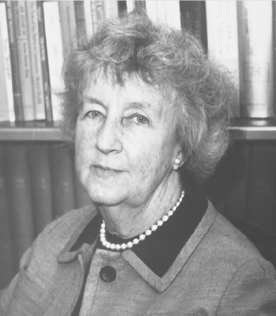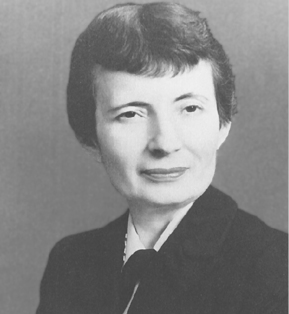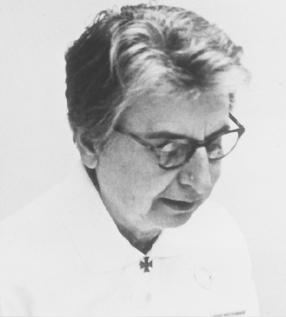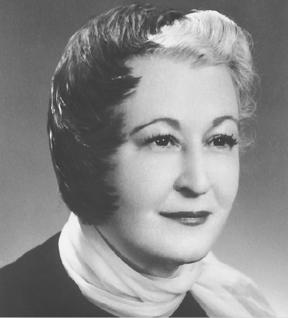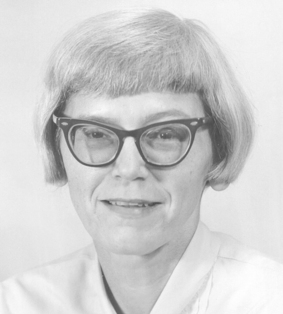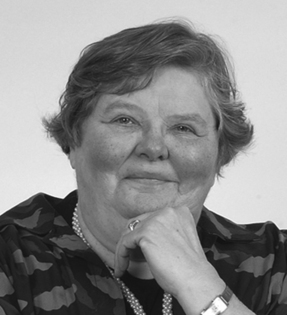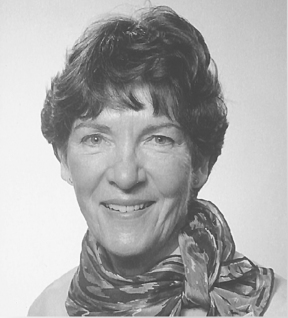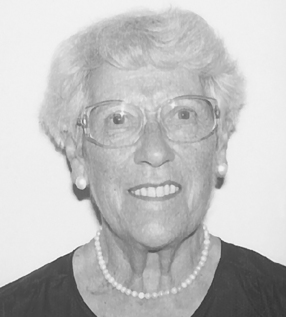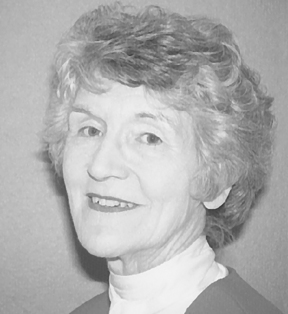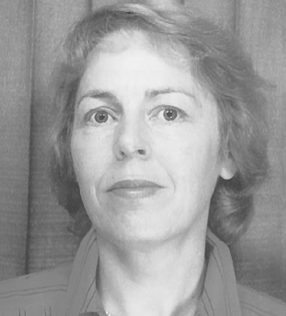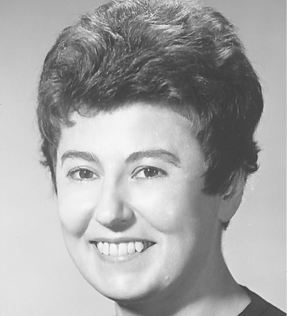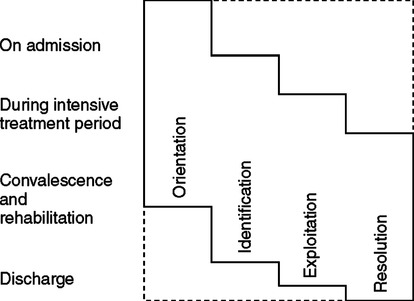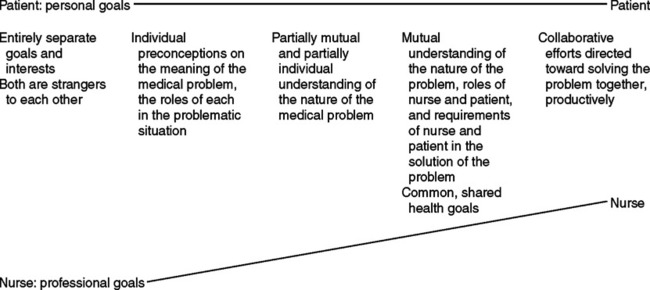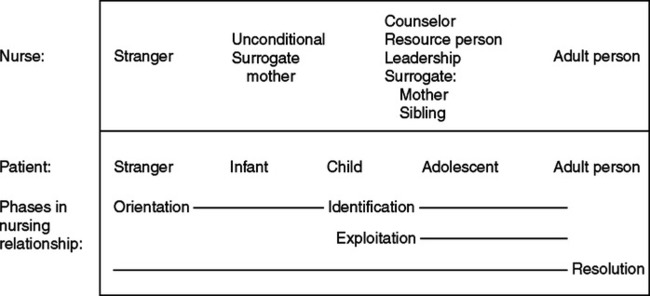Peplau provided major leadership in the professionalization of nursing. She served as Executive Director and later as President of the American Nurses Association. She promoted professional standards and regulation through credentialing. She taught the first classes for graduate psychiatric nursing students at Teachers College, Columbia University, where she stressed the importance of nurses’ ability to understand their own behavior so they can help others identify perceived difficulties. Her seminal book, Interpersonal Relations in Nursing (1952), described the importance of the nurse-patient relationship as a “significant, therapeutic interpersonal process” (p. 16) and is considered by many to be the first nursing theory textbook since Nightingale’s work in the 1850s. She identified four phases of the nurse-patient relationship: orientation, identification, exploitation, and resolution (Figure 5-1). Peplau diagrammed changing aspects of nurse-patient relationships (Figure 5-2) and proposed and described the following six nursing roles: stranger, resource person, teacher, leader, surrogate, and counselor (Figure 5-3). In addition, she discussed four psychobiological experiences that compel destructive or constructive responses, as follows: needs, frustrations, conflicts, and anxieties. Peplau’s experiences with professionals from psychiatry, medicine, education, and sociology influenced her view of what a profession is and does and what it should be (Sills, 1998). Her work was influenced by Freud, Maslow, and Sullivan’s interpersonal relationship theories, and by the contemporaneous psychoanalytical model. She borrowed the psychological model to synthesize her Theory of Interpersonal Relations (Haber, 2000). Peplau’s work is specific to the nurse-patient relationship and is categorized as a theory for the practice of nursing. Virginia Henderson viewed the patient as an individual who requires help toward achieving independence and completeness or wholeness of mind and body. She envisioned the practice of nursing as independent from the practice of physicians and acknowledged her interpretation of the nurse’s function as a synthesis of many influences. Her work is based on (1) that of Thorndike, an American psychologist, (2) her student experiences with the Henry House Visiting Nurse Agency, (3) her experience in rehabilitation nursing, and (4) Orlando’s conceptualization of deliberate nursing action (Henderson, 1964; Orlando, 1961). Henderson emphasized the art of nursing and identified 14 proposed basic human needs on which nursing care is based. Her contributions include defining nursing, delineating autonomous nursing functions, stressing goals of interdependence for the patient, and creating self-help concepts. Her self-help concepts influenced the works of Abdellah and Adam (Abdellah, Beland, Martin, & Matheney, 1960; Adam, 1980, 1991). The unique function of the nurse is to assist the individual, sick or well, in the performance of those activities contributing to health or its recovery (or to peaceful death) that he would perform unaided if he had the necessary strength, will, or knowledge; and to do this in such a way as to help him gain independence as rapidly as possible (Henderson, 1964, p. 63). In The Nature of Nursing: A Definition and Its Implications for Practice, Research, and Education, Henderson (1966) identified 14 basic needs upon which nursing care is based (Box 5-1). In addition, she identified three levels of nurse-patient relationships in which the nurse acts as the following: (1) a substitute for the patient, (2) a helper to the patient, and (3) a partner with the patient. The nurse through the interpersonal process must in a sense get “inside the skin” of each of her patients in order to know what help is needed (Harmer and Henderson, 1955, p. 5). Although she believed that the functions of nurses and physicians overlap, Henderson asserted that the nurse works in interdependence with other health professionals and with the patient; she used wedges of a pie graph to illustrate the relative contributions of members of the healthcare team. In The Nature of Nursing: Reflections after 25 Years, Henderson (1991) added addenda to each chapter of the 1966 edition to present changes in her views and to discuss her opinions. Henderson’s work may be viewed as a philosophy of the purpose and function of nursing. Faye Glenn Abdellah is recognized as a leader in the development of nursing research and nursing as a profession within the Public Health Service (PHS) and as an international expert on health problems. She has been active in professional associations devoted to nursing and has been a prolific author, with more than 150 publications to her credit. In her 40-year career as a Commissioned Officer in the U.S. Public Health Service (1949-1989), she served as the Chief Nurse Officer from 1970 to 1987 and was the first nurse to achieve the rank of a two-star Flag Officer (Abdellah, 2004). Abdellah was the first woman and nurse Deputy Surgeon General (1982-1989). After retirement, she founded the only federal graduate school of nursing. Abdellah considers her greatest accomplishment being able to “play a role in establishing a foundation for nursing research as a science” (p. iii). Her book, Patient-Centered Approaches to Nursing, emphasizes the science of nursing and has elicited changes throughout nursing curricula. Her work, which is based on the problem-solving method, serves as a vehicle for delineating nursing (patient) problems as the patient moves toward a healthy outcome. Abdellah views nursing as both an art and a science that molds the attitude, intellectual competencies, and technical skills of the individual nurse into the desire and ability to help individuals cope with their health needs, whether they are ill or well. Although she believes that nursing actions are carried out under general or specific medical direction, she formulated 21 nursing problems based on a review of nursing research studies (Box 5-2). She used Henderson’s 14 basic human needs (see Box 5-1) and nursing research to establish the classification of nursing problems. Her work differs from that of Henderson in that Abdellah’s problems are formulated in terms of nursing-centered services, which are used to determine the patient’s needs. Her contribution to nursing theory development consists of a systematic analysis of research reports conducted to formulate the 21 nursing problems that served as an early guide for comprehensive nursing care. The typology of her 21 nursing problems first appeared in the 1960 edition of Patient-Centered Approaches to Nursing (Abdellah et al., 1960). It evolved into Preparing for Nursing Research in the 21st Century: Evolution, Methodologies, and Challenges (Abdellah & Levine, 1994). The 21 nursing problems have progressed to a second-generation development of patient problems and patient outcomes, instead of nursing problems and nursing outcomes. Abdellah’s work reflects a problem-centered approach or philosophy of nursing. Those who wish to explore Abdellah’s papers will be assisted by this website: http://www.nlm.nih.gov/hmd/manuscripts/ead/abdellah.html Ernestine Wiedenbach is known for her work in theory development and maternal infant nursing. She developed her theory when she was teaching maternity nursing at the School of Nursing, Yale University. Wiedenbach taught with Ida Orlando at Yale and wrote with philosophers Dickoff and James a classic work on theory in a practice discipline that still is used today among those studying the evolution of nursing theory (Dickoff, James, & Wiedenbach, 1968). Wiedenbach’s work grew as the result of 40 years of experience in the clinical and teaching setting. She directed the major curriculum in maternal and newborn health nursing when the Yale School of Nursing established a master’s degree program (Kaplan & King, 2000) and is the author of books used widely in nursing education. Her definition of nursing reflects her nurse-midwife background. She stated the following: “People may differ in their concept of nursing, but few would disagree that nursing is nurturing or caring for someone in a motherly fashion” (Wiedenbach, 1964, p. 1). Wiedenbach proposes that nurses identify patients’ need for help in the following ways: 1. Observing behaviors consistent or inconsistent with their comfort 2. Exploring the meaning of their behavior 3. Determining the cause of their discomfort or incapability 4. Determining whether they can resolve their problems or have a need for help
Nursing Theorists of Historical Significance
HILDEGARD E. PEPLAU
Theory of Interpersonal Relations
VIRGINIA HENDERSON
Definition of Nursing
FAYE GLENN ABDELLAH
Twenty-One Nursing Problems

ERNESTINE WIEDENBACH
The Helping Art of Clinical Nursing
![]()
Stay updated, free articles. Join our Telegram channel

Full access? Get Clinical Tree


Nurse Key
Fastest Nurse Insight Engine
Get Clinical Tree app for offline access

